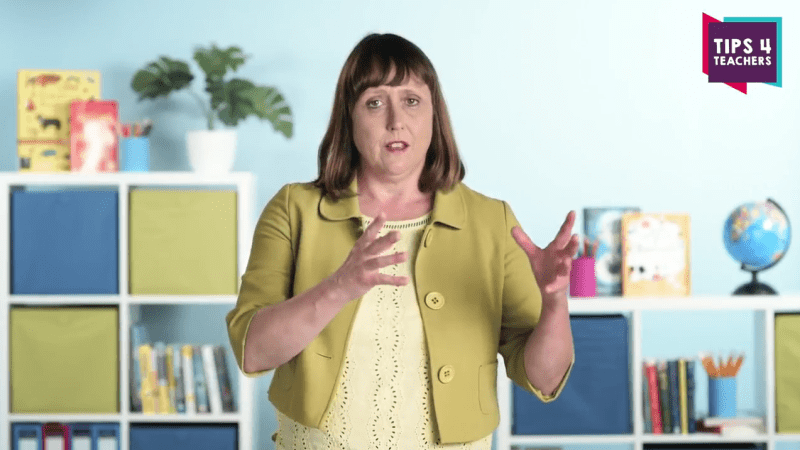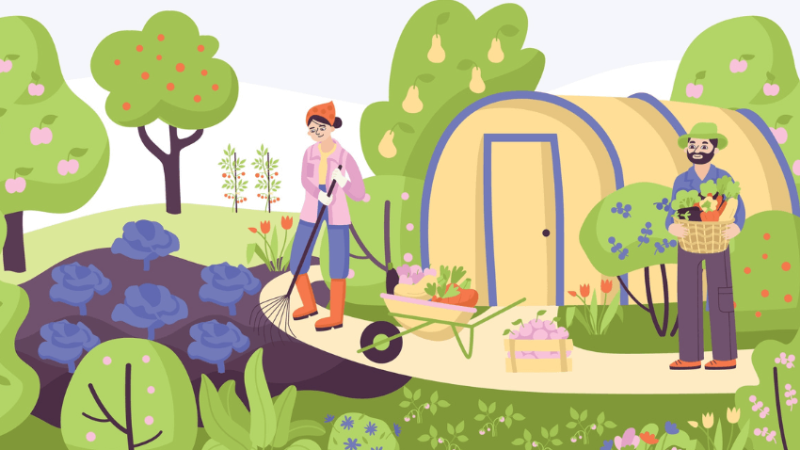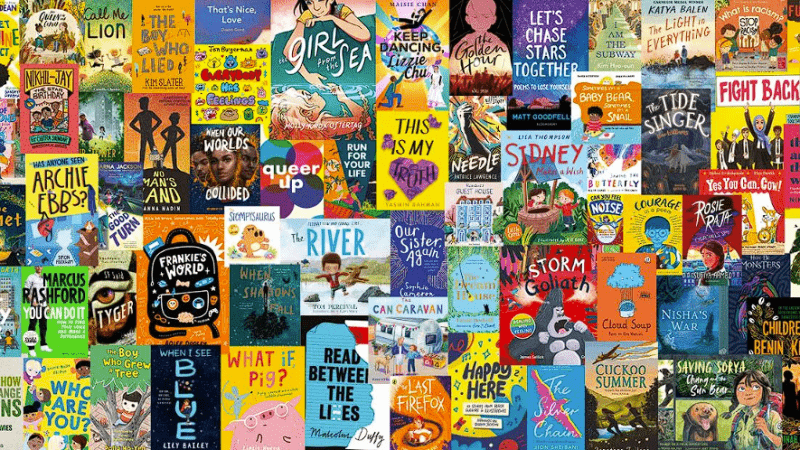“It’s A Less Stressful Environment Now”
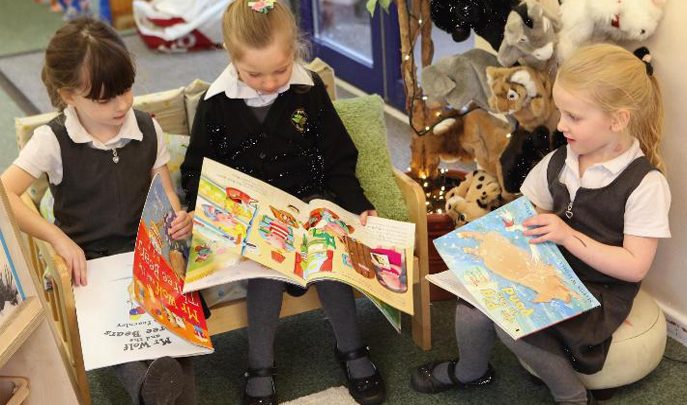
Vanessa Foxall, early years and communication lead at Parkdale Primary, explains how the school boosted its SLC provision by calming things down…
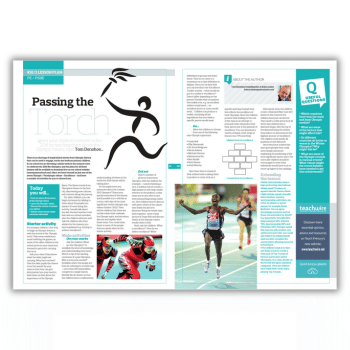
We’re a large suburban primary school on the edge of Nottingham, with quite a diverse intake of pupils and a higher than average level of deprivation and special needs. When it became apparent over time that language and communication was increasingly an issue for children starting here, we resolved to make tackling that a priority, starting with reception.
In summer 2016 we decided to invest in our reception unit and redesign it as a communication-friendly space based on Elizabeth Jarman’s research into communication- friendly spaces. The head and myself visited an Early Excellence Centre (earlyexcellence.com) so that we could get an idea of what a good communication- friendly space might look like. Our aim was to create areas in which the children could communicate independently, and for the layout to encourage and support children’s language development.
As well investing money into the layout of our provision, other things we did that summer included making sure that we had a way to open the classrooms to the outdoors, looking into ways of reducing noise levels and equipping our staff with appropriate expertise. We enlisted the services of a speech and language team and now fund regular weekly visits by a speech and language therapist, who supports our staff training and oversees small group sessions with some of the children.
Traffic lights
Our identification of children needing additional support at Parkdale starts in reception. When they move into Y1, those children who might have been receiving narrative interventions are reassessed, and if they still require support they’ll receive it in Y1 through the intervention programme Talkboost (ican.org.uk/ talkboost), and receive further intervention in Y2 if their reassessment indicates that it’s needed.
On entry, we’ll use a traffic lighting system to identify what needs the children might have. ‘Green’ children we don’t need to worry about. Those identified as ‘red’ will have specific speech sounds and require a referral. That’s where the training comes in, because without it, a teacher won’t necessarily be able to identify those specific sounds correctly.
Amber is for children we’re aware of who require some form of further assessment. We’ve been using the Communication Trust’s Speech, Language and Communication Progression Tools (see tinyurl.com/ct-slc-pt) to isolate which aspects of their speech and language they’re struggling with – at Parkdale it’s ofen narrative and sentence structure – and then tailor our interventions accordingly.
In terms of day-to-day tracking, the Progression Tools have been really useful in helping us identify exactly which strands of speech, language and communication we need to work on. We can then tailor our interventions, re-test and make sure that the children’s progress is what we’ve expected, which 9 times out of 10 it is. Where it isn’t, we can look at carrying out different, more focused interventions and strategies for that child.
Purposeful play
One of the first things we did when changing the school environment was start using muted colours, rather than multiple primary colours. That was a big switch, based on the notion that if everything’s ‘visually loud’, chances are you’re going to get loud play and interactions. The idea is to instead keep things muted and quite simple. We also started making use of more natural materials, so that the children could start talking about their surroundings in terms of texture, about surfaces and features that didn’t all feel the same, thus providing them with more opportunities for using language.
We now use a lot of netting to lower the ceiling level and create areas in which children feel less visible and not as much ‘on show’, giving them greater confidence to communicate with each other. Another practical change was a shift to us using open-fronted shelving so that children could be given independent access to items, while at the same time removing clutter and making more space within the classrooms.
Had you visited our reception class beforehand, you would have seen that it was very noisy, with limited purposeful play going on and limited opportunities for children to interact together and extend their play. They couldn’t connect different ideas by moving from one area to another – if they were using water, for example, and needed pipes and funnels, they wouldn’t have been able to access them if they weren’t already out. Now they can link their learning to other areas; if they want to make the sand wet they can just go and get the jugs off the shelf.
These days I can stand in that environment and feel that it’s calmer. Every child is engaged in a purposeful play activity. I can look round and know that there’s a group doing a narrative session, while the other children are able to find spaces to talk, communicate and explore their ideas. Previously, that wasn’t happening – it’s a less stressful environment now.
Since the changes were made, we’ve seen a massive rise in the number of our children reaching age-related expectations by the end of reception. Having an SLT visit and support us has helped massively in tracking the children’s progress. She’s trained our staff in using progression tools to identify the strands children need to be working on, and how to use them to record data and chart their progress throughout school.
“I could have cried”
There’s one child we have who’s now in Y2. In reception he said nothing at all, he simply didn’t speak – but last Christmas he stood up and said two lines in the Christmas play and many of us just looked at each other. I could have cried.
He was able to do that because he was part of a narrative group in reception, then partofTalkboostinY1. Thatsupport has continued throughout his schooling to the point where he can now confidently stand up and speak in front of other people. That’s massive.
His behaviour within his peer group became better, he was a lot less physical – because he was able to communicate, negotiate and develop friendships much better now than he could initially.
In March this year, Parkdale Primary School was awarded ‘Primary School of the Year’ at the 2017 Shine a Light Awards – a national awards scheme run by Pearson in partnership with The Communication Trust. Further details can be found at www.shinealightawards.co.uk For more information about the school, visit parkdale-notts.co.uk or follow @parkdalecarlton







